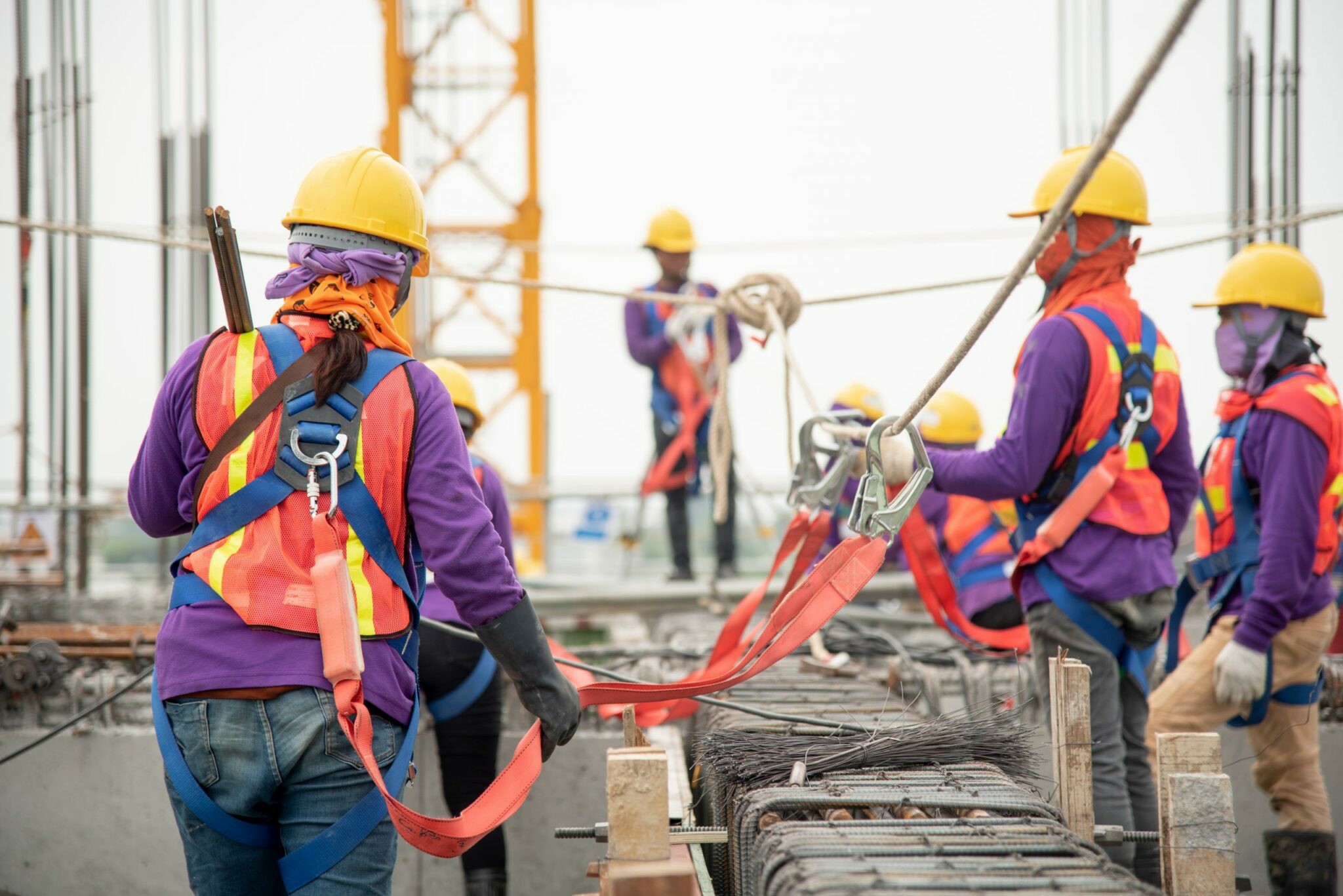Essential Working at Heights Training: Mitigating Risks and Empowering Safety
Working at heights is an essential part of many professions, including construction, maintenance, and even some office jobs. However, it poses significant safety risks that can lead to severe accidents. In this blog post, we will delve into the dangers associated with working at height, the importance of proper training, and how it can prevent accidents.
Understanding the Risks Associated with Working at Heights
The safety risks of working at heights are numerous and varied. Some of the key hazards include:
- Falls from Height: The most significant risk is falls, one of the leading causes of workplace injuries and fatalities. Even a small slip can lead to life-altering consequences.
- Unstable Surfaces: Working on ladders, scaffolding, or rooftops can be precarious. Unstable or uneven surfaces can increase the likelihood of accidents.
- Weather Conditions: Wind, rain, and icy conditions can make working at heights dangerous. These factors can reduce grip and stability, leading to falls.
- Equipment Failures: Harnesses, lanyards, scaffolding, or ladder failures can result in serious injuries if they are not adequately maintained or inspected.
The Role of Proper Training in Safety
Proper Working at Heights training is crucial for anyone involved in tasks at elevation. It provides the knowledge and skills workers need to recognize hazards, use safety equipment correctly, and respond effectively in emergencies. Here are the core components of Working at Heights training:
- Hazard Recognition: Training programs emphasize identifying potential hazards while working at heights and the environmental factors that can affect safety.
- Fall Protection Systems: Workers learn how to use personal fall protection systems, including harnesses and anchorage points. Understanding the equipment's functionality ensures compliance with safety standards.
- Emergency Response Planning: Assessing risks includes preparing for potential accidents. Training teaches workers how to minimize the impact of safety incidents through clear emergency response protocols.
Fall Protection Systems: An Essential Safety Measure
Utilizing effective fall protection systems can significantly reduce workplace accidents. Fall protection systems include:
- Safety Harnesses: Correctly worn harnesses can prevent a fall from height.
- Lanyards: These connect the worker to an anchor point, reducing the distance of a potential fall.
- Guardrails and Safety Nets: Installing these systems can protect workers by providing additional physical barriers.
Real-Life Case Studies: Training Saves Lives
Let’s consider a few case studies that illustrate how comprehensive training programs have prevented accidents:
- Case Study 1: A construction company in Dublin implemented a rigorous Working at Heights certification program. Following the training, workers identified faulty scaffolding that could have led to a serious fall. Their preparedness allowed them to address the issue before it became a hazard.
- Case Study 2: In Cork, an incident was averted when maintenance workers, trained in Working at Heights Safety, witnessed an employee using an unstable ladder. They intervened, recalling their training on the importance of using stable, inspected equipment, preventing a potential fall.
- Case Study 3: In Galway, a team practiced their emergency response protocol during a mock drill. This preparation paid off when one worker experienced a near-fall. The remaining teammates remembered their training and successfully implemented safety measures to ensure the individual was safely secured.
Enroll in a Certified Training Course Today
Investing in Working at Heights training is essential for any individual or organization regularly working at elevation. It not only shapes a culture of safety but also empowers workers to effectively manage risks. Whether you opt for an in-person course or a Working at Heights Online Course, the benefits of certified training are profound.
To learn more about our programs, including the Working at Heights Certification Ireland, visit Ireland Safety Training or contact us at [email protected].



 349,500 Offered Certificates
349,500 Offered Certificates
 24/7 Online Training
24/7 Online Training
 Money Back Guarantee
Money Back Guarantee
 Fully Accredited Courses
Fully Accredited Courses
